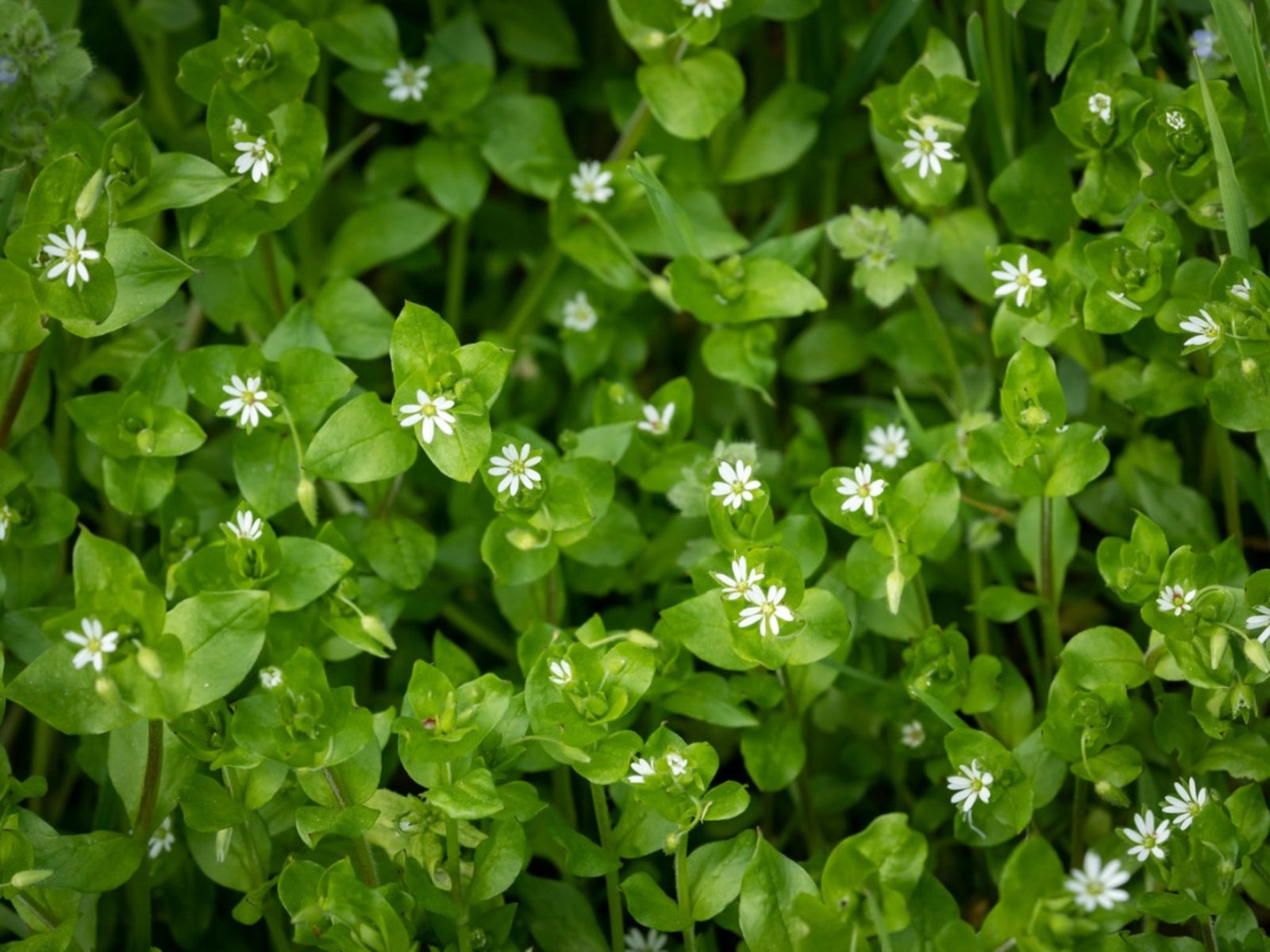Common Garden Weeds: Identifying Weeds By Soil Type


Are weeds a frequent uninvited guest around your landscape? Maybe you have an abundant colony of common weeds like crabgrass or dandelions thriving in the lawn. Perhaps you suffer from the unrelenting vines of morning glory or ivy slowly taking over the garden. Whatever the case, all of these seemingly bothersome weeds are actually telling you something about the health of your landscape. Keeping weeds out of landscapes means knowing the best soil for weed plants. When you learn what common weeds grow where and the type of soil they prefer, maintenance in the lawn and garden can be greatly minimized.
Identifying Weeds by Soil Type
By looking closely at the weeds in a garden and surrounding landscape, you can maintain the soil's quality more effectively; thus, producing a healthier environment in which all plants will thrive. Identifying weeds by soil type can help you determine what your soil may ultimately be lacking. In some cases, the best soil for weed plants is the most fertile or those which are abundant with nutrients. Take, for instance, a lawn that is lush with clover. The reason for its presence is not to annoy or even mock you. Instead, it is merely assessing the quality of your soil. Typically, the presence of clover in your lawn indicates a low level of nitrogen in the soil. This can be remedied by applying a high nitrogen fertilizer on the lawn.
Soil Types for Common Weeds in a Garden
Poor soil and low fertility - There are numerous weeds that are commonly found growing in poor soils. Some of the most common weeds that indicate low fertility include:
Poorly drained soil - If the garden consists of wet, poorly drained soil, it's highly probable to find the following weeds dwelling in the area:
- Spotted spurge
- Knotweed
- Moss
- Bindweed
- Sedge
- Bluegrass
- Chickweed
- Goosegrass
- Ground ivy (creeping charlie)
- Speedwell
- Violet
Fertile soil - Many common weeds like healthy, fertile soil, with a specific preference for manure or composted soils that are rich in organic matter. In fact, this is often the best soil for weed plants to call home and includes:
Overly dry soil - Just as with any poor soil type, there are weeds that seem to favor dry areas of the landscape. If your site is quite dry, you may find the following weeds in a garden:
Acidic soil - Acidic soils are usually a result of insufficient oxygen. These areas of the landscape may spawn weeds like:
Sign up for the Gardening Know How newsletter today and receive a free copy of our e-book "How to Grow Delicious Tomatoes".
Alkaline soil - The opposite of acidic, weeds that are commonly found in more alkaline soils include:
Heavy, clay soil - If your lawn or garden is hard, heavy, or even compacted, you're likely to find weeds such as:
Common weeds can be our enemy, overtaking our lawns and gardens. They can aggravate us to no end. Yet, weeds can also be our friends, in a sense, by giving us valuable clues to the health of our soil. Good or bad, they are there for a reason; weeds in a garden are nature's band-aid for injured landscapes. Therefore, identifying weeds by soil type can help fix whatever soil issues may be present in order for us to have the beautiful lawn and gardens we all dream of.

Nikki Tilley has been gardening for nearly three decades. The former Senior Editor and Archivist of Gardening Know How, Nikki has also authored six gardening books.